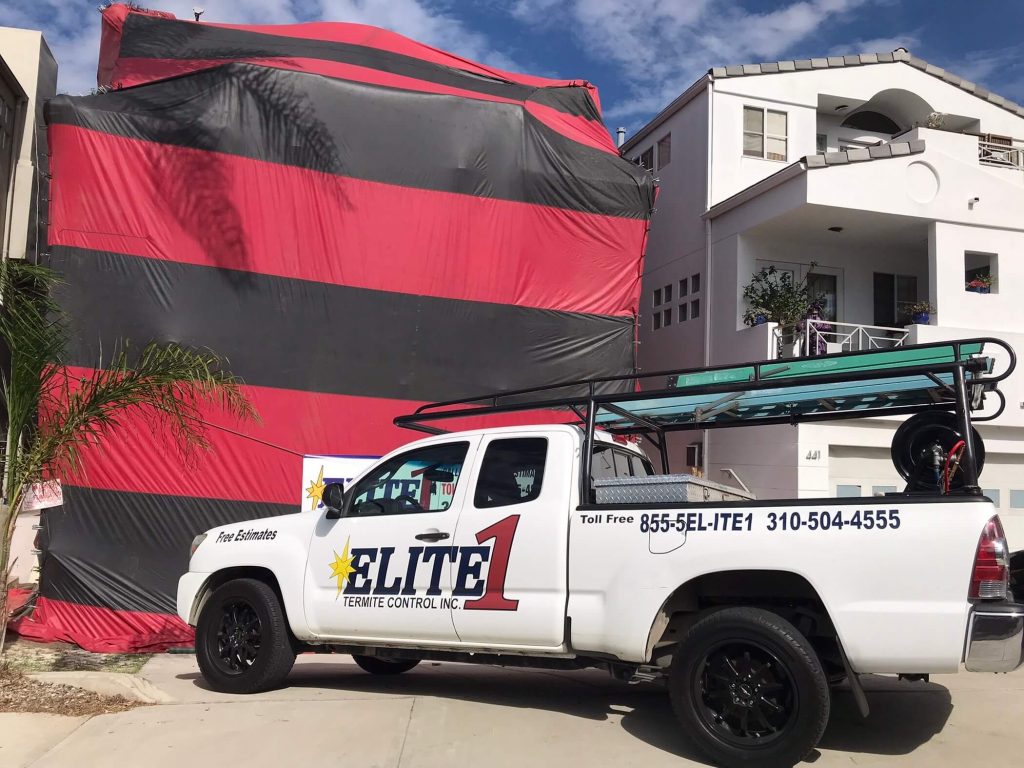Assessing Termite Risks in Drought-Stricken California Regions
As California continues to face prolonged periods of drought, homeowners may assume that the dry climate lessens their pest concerns. Unfortunately, termite risk does not disappear with the heat. In fact, certain species of termites become even more active when moisture levels shift dramatically. Drywood and subterranean termites, both common in California, adapt their behaviors to suit environmental changes, putting more homes at risk during drought conditions.
Understanding how drought contributes to termite activity is essential for safeguarding your property. This article explains why termite risks are increasing, how to recognize early signs, and what proactive steps can be taken to mitigate damage.

1. How Drought Conditions Influence Termite Activity
Termites are incredibly adaptive insects. During droughts, they do not go dormant. Instead, they change their habits to survive and continue foraging. In particular, subterranean termites become more aggressive in their search for water, which often leads them straight into homes where even minimal moisture is present.
Drywood termites, on the other hand, thrive in the warm, dry wood found in attics and wall voids. With less competition and fewer natural predators due to the climate, they often go undetected until extensive damage is done.
A key factor in drought-related infestations is that homes become the most viable habitat in a drying ecosystem. Termites will follow:
- Leaky plumbing and irrigation lines
- Damp insulation or HVAC condensation
- Cracked foundations allowing entry
- Wood-to-ground contact, such as fence posts or deck supports
For more insights into how weather fluctuations affect pest behavior, see this article on the impact of the weather.
2. Vulnerable Areas Around Your Property
In drought-prone regions, termites often target specific parts of a structure that retain just enough moisture for their survival. Identifying and monitoring these zones is critical for preventing an infestation from developing unnoticed.
Watch for termite activity in:
- Crawl spaces with insufficient ventilation
- Exterior walls where stucco meets soil
- Areas around leaking spigots or hoses
- Rooflines near gutters or downspouts
- Foundation cracks and wood siding
Additionally, firewood stored near the home, tree stumps, or decaying landscape timbers can serve as launching points for termites to migrate into living spaces. By addressing these risk factors early, homeowners reduce the chances of becoming the next target.
3. Signs That Suggest Termite Presence
Although termites tend to stay hidden until significant damage occurs, there are several telltale signs that may indicate their presence. These indicators should never be ignored, especially in regions where drought conditions intensify pest activity.
Keep an eye out for:
- Mud tubes on foundation walls or piers
- Discarded wings near window sills or doors
- Hollow or blistering wood
- Small piles of frass (termite droppings) resembling sawdust
- Faint tapping or clicking sounds in the walls
Drywood termites are particularly stealthy, often tunneling deep into structural wood without leaving visible signs. By the time damage is seen, extensive repairs may already be needed. This makes early detection and professional evaluation critical to minimizing long-term impacts.
4. Long-Term Prevention Methods That Work
Protecting your home against termite risks during a drought starts with a long-term approach that addresses environmental conditions and structural vulnerabilities. Short-term DIY measures are rarely sufficient when termites have already established a foothold.
Effective termite prevention includes:
- Scheduling regular termite inspections from licensed professionals
- Repairing plumbing and roof leaks promptly
- Removing wood debris and mulch from around the foundation
- Using termite-resistant building materials where possible
- Ensuring all vents and crawl spaces are properly sealed and ventilated
Foam-based treatment solutions can also offer powerful protection, particularly in hard-to-reach areas such as wall voids and attics. For more on this, explore how foam treatment works in termite control programs.
5. Why Professional Intervention Is Essential
Drought does not eliminate termite risk, it shifts it. Many homeowners underestimate just how determined these pests can be when their natural environment becomes less hospitable. Attempting to solve termite problems without the right tools, training, or experience can lead to inadequate control and costly reinfestation.
Professional termite control specialists are trained to:
- Identify termite species and behavior accurately
- Pinpoint the full extent of the infestation
- Apply targeted treatments with lasting results
- Monitor the site over time to ensure colonies are eliminated
With termites, timing is everything. A small oversight or delay in treatment can allow colonies to rebuild and cause more structural damage. Partnering with experts ensures a thorough, science-based approach to both immediate control and long-term protection.
Let the Experts Safeguard Your Home
If you suspect termite activity or live in a drought-affected region, don’t wait for visible damage to confirm your concerns. Contact Elite1 Termite Control, Inc. today for a comprehensive inspection and professional treatment plan. Their team understands the challenges of California’s shifting climate and offers reliable solutions that defend your property when it matters most.

